Tea Leaves
Showing 17–28 of 28 results
-
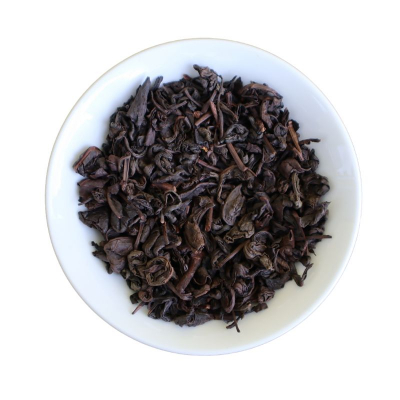 New
NewOsmanthus Oolong Tea 600g
£13.05 SKU: 81PC13Add to cart -
 NEW
NEWOsmanthus Oolong Tea 600g – Box of 30
£372.00 SKU: 81PC13B30Add to cart -
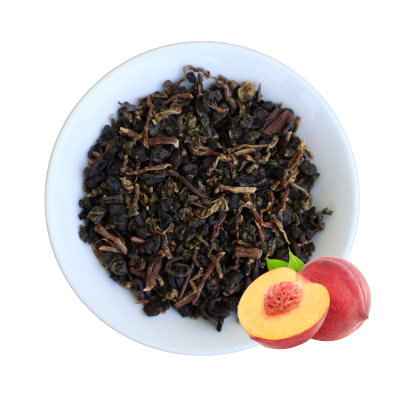
Peach Flavour Oolong Tea 600g
£16.42 SKU: 81PC14Add to cart -

Peach Flavour Oolong Tea 600g – Box of 30
£468.00 SKU: 81PC14B30Add to cart -
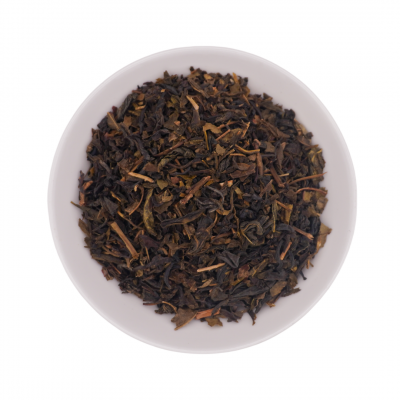
Premium Jasmine Green Tea – Box of 36
£421.20 SKU: 81PC03B36Add to cart -

Premium Jasmine Green Tea 600g
£12.32 SKU: 81PC03Add to cart -
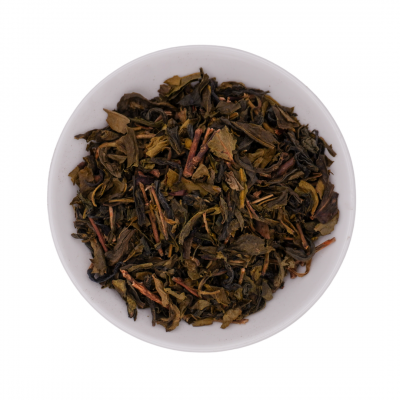
Taiwan Green Tea – Box of 36
£500.58 SKU: 81PC07B36Add to cart -

Taiwan Green Tea 600g
£14.32 SKU: 81PC07Add to cart -
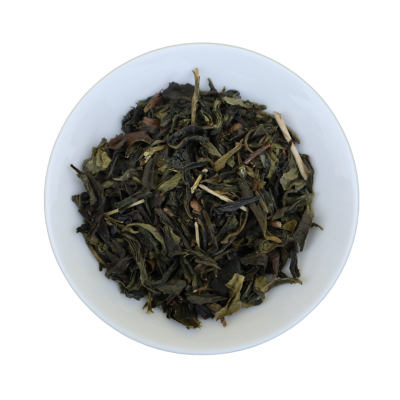
Taiwan Spring Green Premium Tea 600g
£14.32 SKU: 81PC11Add to cart -

Taiwan Spring Green Premium Tea 600g – Box of 30
£407.95 SKU: 81PC11B30Add to cart -
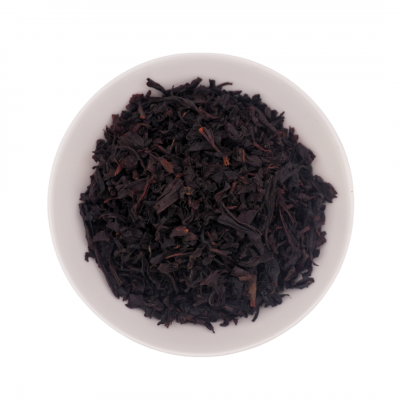
Top Earl Grey Black Tea – Box of 30
£330.00 SKU: 81PC05B30
Out of Stock -

Top Earl Grey Black Tea 600g
£11.58 SKU: 81PC05
Out of Stock
What are tea leaves?
Tea leaves are the young leaves and buds of the tea plant, scientifically known as Camellia sinensis. Loose tea leaves are the primary ingredient used in conjunction with hot water to brew tea. Tea leaves contain various compounds, including amino acids and caffeine, which contribute to the taste, aroma, and potential health benefits of tea. Different types of tea have different levels of oxidation, a chemical reaction that occurs during processing, which affects the flavour and colour of the tea. Black tea leaves, for example, are more oxidised than green tea leaves. In addition to being used for making tea, tea leaves can be used in cooking and baking.
Where do tea leaves come from?
Tea plants are native to East Asia, and their leaves are typically harvested by hand or by machine before undergoing processing methods in order to create various types of tea, such as Green tea, Black tea, and Oolong tea. Typically, the tea leaves are withered, rolled, fermented, and dried after harvesting to produce the desired strain of tea.
Quality of Taipec’s Tea leaves
Our high-quality tea leaves are carefully selected and processed by experts in our Taiwan factory using traditional techniques. As opposed to the tea ‘dust’ found in many standard tea bags, our tea leaves are made from whole leaves from tea plants, which are of a higher quality and thus produce a preferable, more enhanced flavour profile when brewed.
Tea Guide – Different types of teas on offer and their different flavours:
Assam Black Tea
Assam black tea is a type of tea that originated in the Assam region of Northeast India. It is one of the most popular and widely consumed types of black tea in the world. It is made from the leaves of the Camellia sinensis plant, which are harvested, withered, rolled, oxidized, and then dried to produce the final product. Assam black tea is notably characterised by its strong, full-bodied flavour, bright taste, and reddish-brown colouring. It is used commonly as a base for breakfast blends, for making iced tea, and for providing a base for original milk tea drinks.
Oolong Tea
Oolong tea is traditionally a Chinese tea known for its partially oxidised leaves, which place it between green and black tea in terms of oxidation levels. With Oolong tea, the oxidation process can be interrupted at various stages, yielding a wide range of Oolong teas with various characteristics. This range encompasses many flavour profiles, from those which are more lightly oxidised, resembling green teas, to those which are more heavily oxidised and are more similar to black teas. The name ‘Oolong’ is derived from the Chinese for ‘black dragon’, in reference to the dark, twisted appearance of the tea leaves after they have been processed. The caffeine content of Oolong tea is moderate, and it is known for its layered, complex flavour profile and golden colour.
Earl Grey Black Tea
Earl Grey black tea is a popular flavoured tea that combines black tea leaves with the distinctive flavour of bergamot oil and is known for its fragrant and citrusy taste. Bergamot oranges are not commonly used for their fruit but are mainly cultivated for their essential oil, which has a distinct floral and slightly bitter taste. This oil is obtained by cold pressing the rind of the fruit and is then added to the tea leaves during the production process. The resulting Earl Grey black tea has a rich and robust black tea base, with a delicate, aromatic citrus top note imparted by the bergamot oil.
Jasmine Green Tea
Jasmine green tea combines green tea leaves with the fragrance of jasmine flowers and is a popular tea variety that originated in China but is now enjoyed worldwide. The process of making jasmine green tea involves layering or blending green tea leaves with jasmine blossoms whilst the green tea leaves are still pliable and moist. Through this natural process, known as ‘scenting’, the tea leaves absorb the floral scent of the Jasmine flowers. Afterwards, the jasmine flowers are separated from the tea leaves, leaving behind jasmine-scented green tea. This pale yellow or light green tea offers a delicate and refreshing flavour profile, marrying the natural vegetal notes of green tea with the floral aroma of jasmine blossom. Jasmine green tea makes up the tea liquid base of most fruity teas and compliments the fruit flavours of syrup and popping balls wonderfully.
Tea Preparation methods:
Assam Black Tea
Brew the tea in a ratio of 1g of tea leaves to 30ml of water.
Use boiled water to brew the tea for 15-20 minutes.
Strain ( do not press) tea leaves.
Oolong Tea
Brew the tea in a ratio of 1g of tea leaves to 40ml of water (for pure tea drinks) or 1g of tea leaves to 30ml of water (for milk tea drinks).
Use boiled water to brew the tea for 15-20 minutes.
Strain ( do not press) tea leaves.
Jasmine Green Tea
Brew the tea in a ratio of 1g of tea leaves to 40ml of water (for pure tea or fruit tea drinks) or 1g of tea leaves to 30ml of water (for milk tea drinks).
Use boiled water to brew the tea for 7 minutes.
Strain ( do not press) tea leaves.
Top Earl Grey Black Tea
Brew the tea in a ratio of 1g of tea leaves to 40ml of water (for pure tea drinks) or 1g of tea leaves to 30ml of water (for milk tea drinks).
Use boiled water to brew the tea for 15-20 minutes.
Strain ( do not press) tea leaves.
Contact us here at Taipec for all your tea leaves needs.
